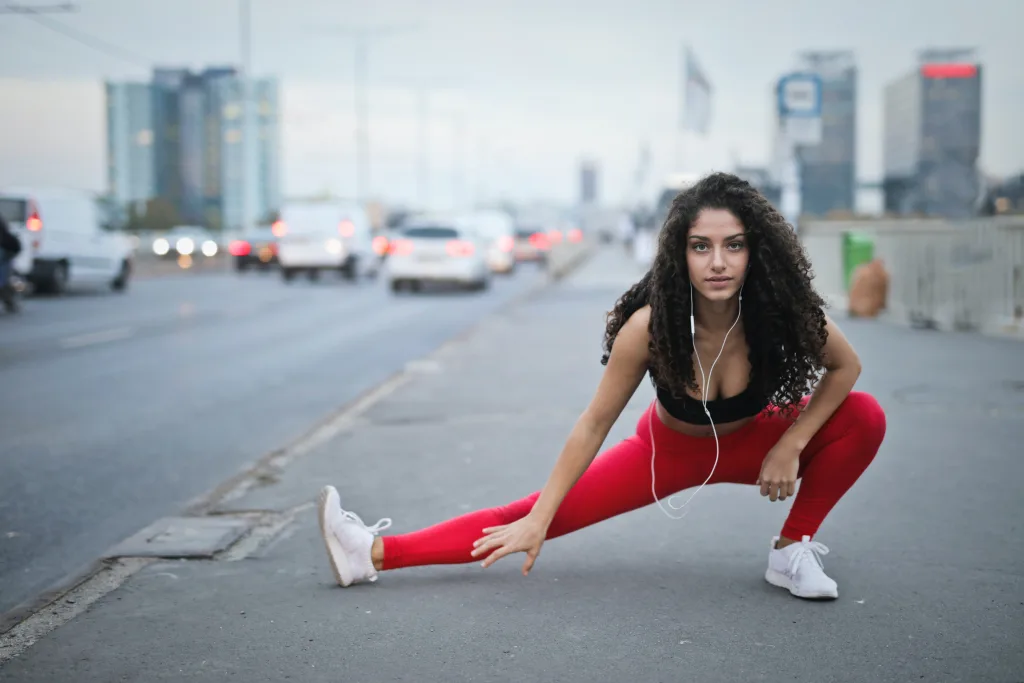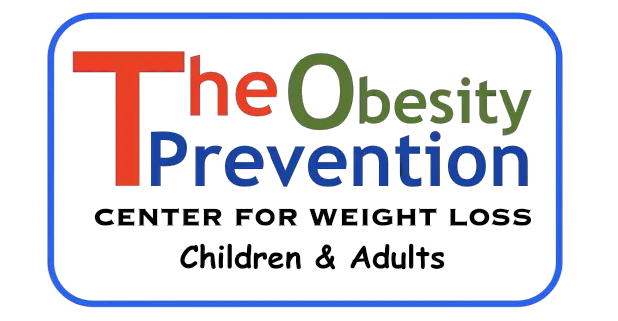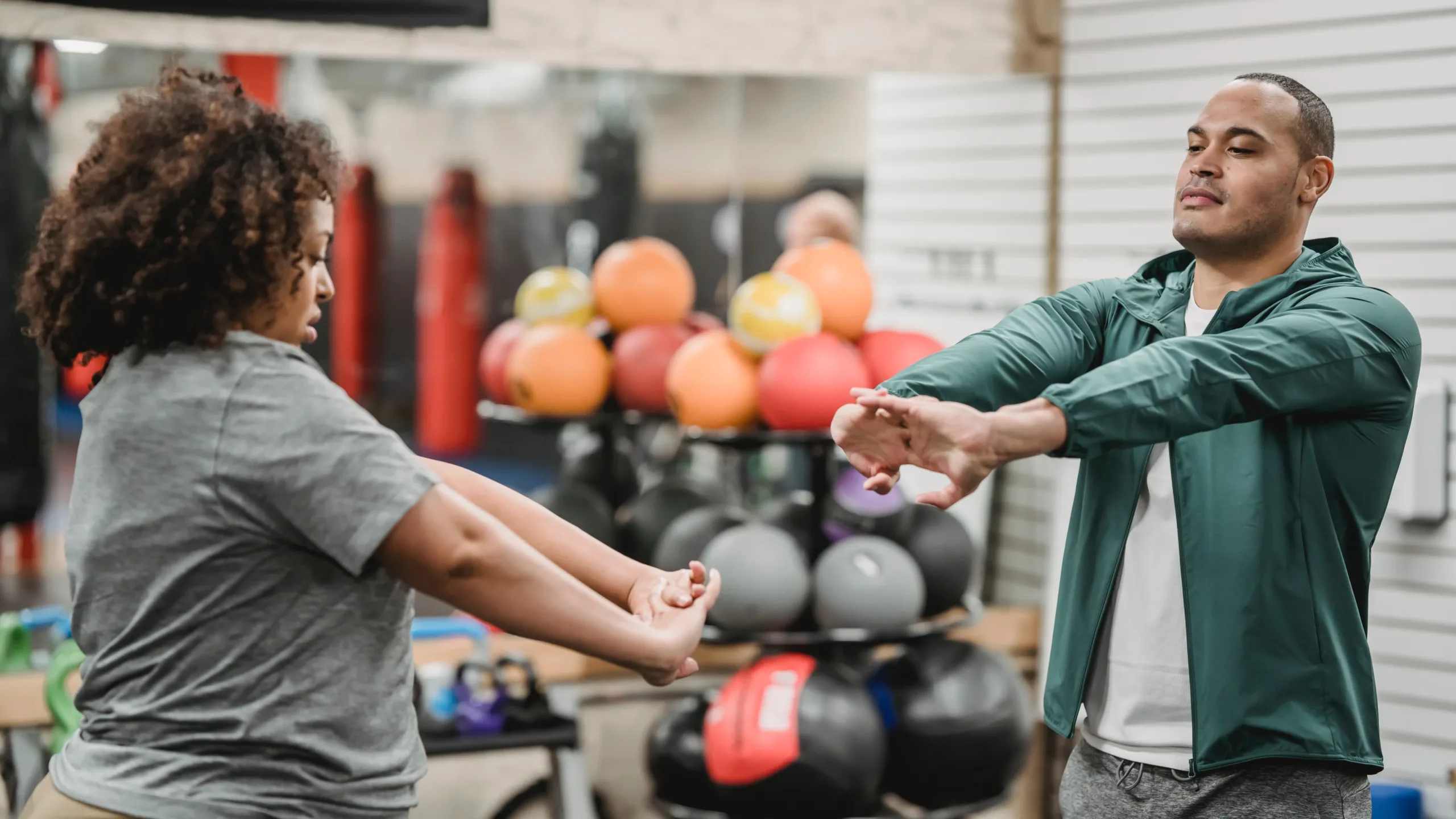Definition
Stretching refers to applying gentle, sustained tension to muscle groups and connective tissue to improve mobility, flexibility and range of motion around joints.
Explanation
- Static, dynamic, and loaded stretches lengthen muscles. Good flexibility allows fuller motion and performance.
- Stretching increases toxicity circulation, joint lubrication, injury resilience, posture, and recovery. It decreases muscle tightness and soreness.
- Flexibility varies by individual based on genetics, age, and past injuries. Improving flexibility requires regular, gradual stretching focus.
- Stretch within reasonable joint range of motion. Move deeper into stretches as muscles relax during long 20-60 second holds.
Examples
- Hamstring and hip flexor stretches
- Chest and shoulder stretches
- Calf and quad stretches against a wall
Related Terms
- Mobility – The ability to move joints freely through a full range of motion. Good mobility allows optimal movement.
- Dynamic Stretching – Active stretching utilizing movement and momentum to take a muscle through its full range of motion. Prepares the body for exercise.
- Plyometrics – Exercises that involve rapid, explosive movements to develop power, like jumping and bounding. Improves speed and fast-twitch muscle fibers.
- PNF Stretching – Proprioceptive neuromuscular facilitation stretching – involves contracting and relaxing target muscles to increase range of motion. Often uses partner resistance.
Common Questions
- How often should I stretch? Daily full body stretching provides greatest mobility benefits before exercise and after.
- Will stretching help my lifting? Indirectly – it can improve range of motion for better technique and injury prevention.

Do Not Confuse With
- Warming up – General body temperature/heart rate elevation before exercise using dynamic motions.
65
/ 100
SEO Score
Thank you for reading this post, don't forget to subscribe to our free newsletter
!
